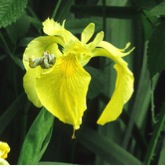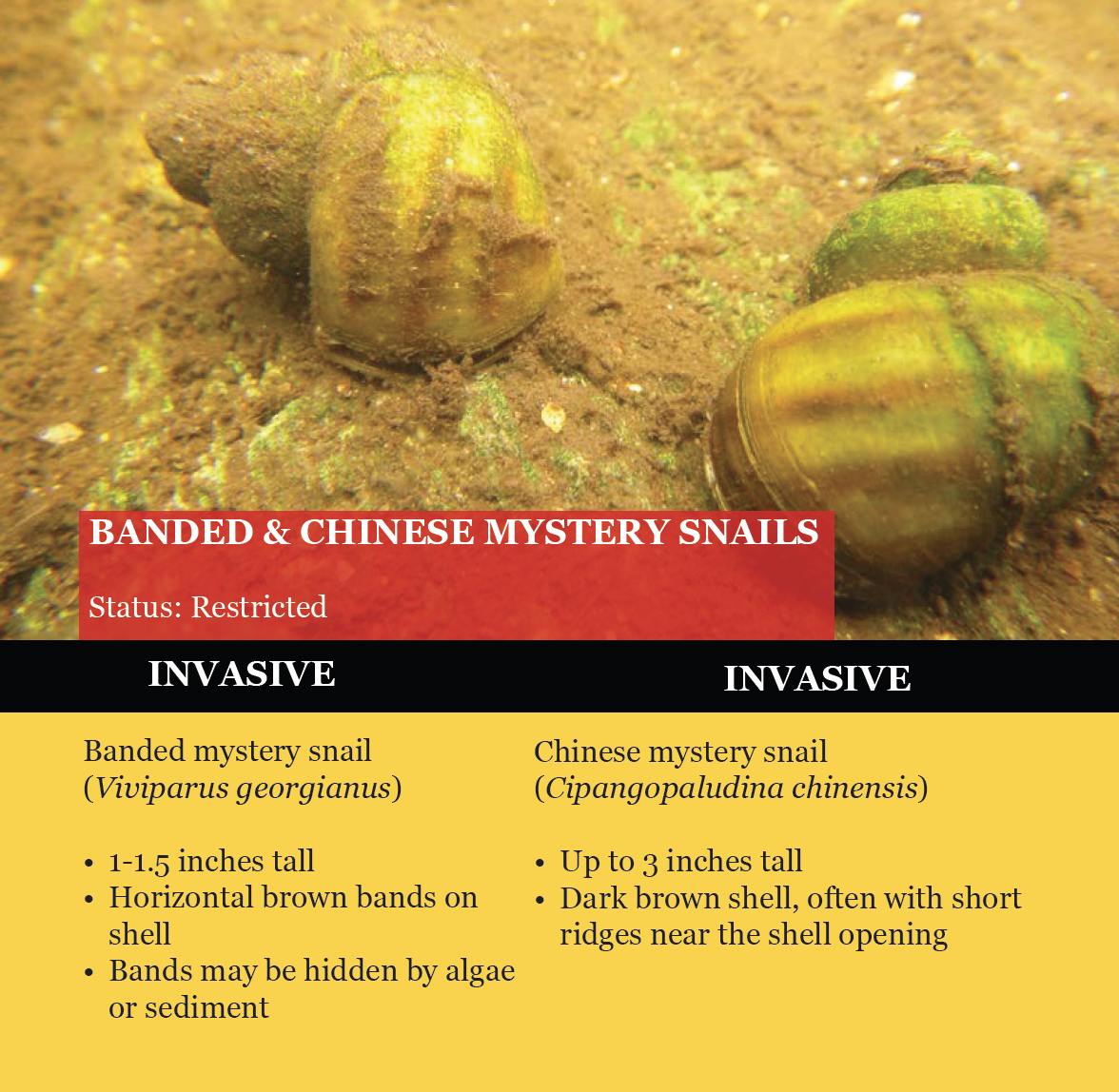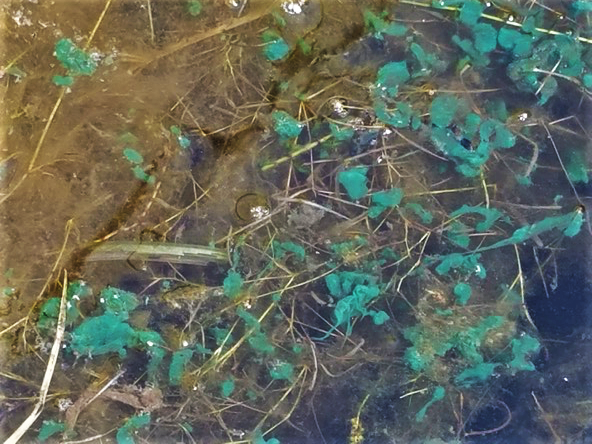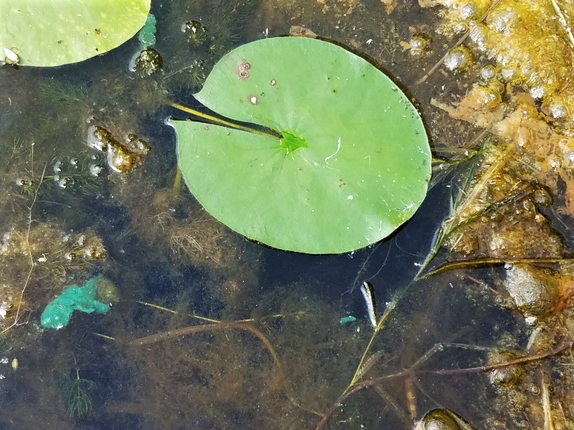| LOGIN HINTS: |
Spider Chain Catalog of Invasive Species
Eurasian Water Milfoil and Hybrid Water Milfoil have NOT yet been detected in the Spider Chain.
Thank you for your efforts to strengthen our prevention efforts!
EURASIAN WATER MILFOIL (EWM) - not yet detectedEurasian Water Milfoil (EWM) has not yet been detected in the Spider Chain of Lakes, although most of the surrounding lakes are battling this dangerous weed, with costly measures and imperfect outcomes. EWM is one of the most devastating aquatic plants and is transmitted by hitching a ride on boats and trailers from an infected lake. EWM forms large, dense floating mats that prevent boat traffic, block sunlight which kills native aquatic plants and prevents larger fish from growing. It often leads to poor water quality and algae blooms giving the lake a “dead” look. We need to be vigilant about keeping this plant out of our lake, because there is no known method to eradicate it. Cleaning boats, waders, boots and jet skis BEFORE putting them in Spider Lake is what we ask of you and your guests. Help us keep Spider Lake free of EWM: If you spot a suspicious plant, call the SCLA Communication Coordinator listed the SCLA Rapid Response Plan below. HYBRID WATER MILFOIL (HWM) - not yet detectedHybrid Water Milfoil (HWM) is a very problematic combination of Eurasian Water Milfoil (EWM) and Northern Water Milfoil (a native, non-threatening plant). It is present in multiple neighboring lakes and is very difficult to control. This hybrid grows to extreme densities similar to EWM, is extremely fast growing and a major management concern. To confound matters, hybrid watermilfoil often does not respond to treatment strategies that effectively control Eurasian Water Milfoil. HWM resembles EWM in appearance but the only true determination is through scientific testing. Hybrid Water Milfoil is growing rapidly in Lost Land Lake and Lake Namekagon. If you spot a suspicious plant call the SCLA Communication Coordinator listed on the SCLA Rapid Response Plan below. YELLOW FLAG IRIS (YFI) - presentYellow Flag Iris (YFI) is present on the Spider Chain of Lakes. It is a fast-growing and fast-spreading poisonous land based invasive primarily found on shoreline. YFI can outcompete other wetland plants, forming almost impenetrable thickets in much the same way that cat-tails do. Small clumps can be dug out, though this is only effective if the rhizomes are entirely removed. Mowed plants will regenerate from the rhizomes, so plants must be cut multiple times to exhaust their energy reserves. The sap may cause skin irritation, so gloves should be worn when handling cut or otherwise damaged stems. | QUICK LINKS - RESOURCES
SCLA Rapid Response Plan for Discovery of Invasives:
Wisconsin Aquatic Invasives Aquatic Invasive Species (PDFs): Yellow Flag Iris Links:
Additional Reading on Invasives:
|
Yellow Iris can be controlled by glyphosate-based herbicides. Plants growing near standing water should be treated with an herbicide approved for aquatic use to minimize harm to amphibians. No effective biological control agent is known at this time. In 2017 the SCLA AIS & Water Quality Committee began YFI mitigation using mechanical removal. Since 2023 the committee has coordinated an herbicide treatment program with a licensed, WDNR approved contractor. If you find Yellow Flag Iris, and the plant is accessible, take extreme care by removing the plant:
Tell us your property location, and site of Yellow Flag Iris on your property. We will ask volunteers to check your property and remove plants from your shoreline. CURLY-LEAF PONDWEED - presentCurly-Leaf Pondweed has been identified in many areas of Big Spider Lake. It also is transmitted by boats and trailers that drag weeds from an infected lake. This species forms dense mats that can prevent boating, swimming, and fishing and displaces native plants needed for the food chain on our lake. In July, the plants die back and pile on the shoreline causing an increase in phosphorus and undesirable algal blooms. BANDED & CHINESE MYSTERY SNAILS - presentBanded Mystery Snails and Chinese Mystery Snails are present in the Spider Chain of Lakes. At this time there are no treatment options for these invasives. The negative effects are that a large scale die-off can create a foul odor. The sharpness of the shells on your shoreline can be a problem for bare feet. They become a nuisance attaching to docks, lifts and boats. Photo of Banded & Chinese Mystery Snails:
BLUE-GREEN ALGAE - SEASONALLY PRESENT
|







